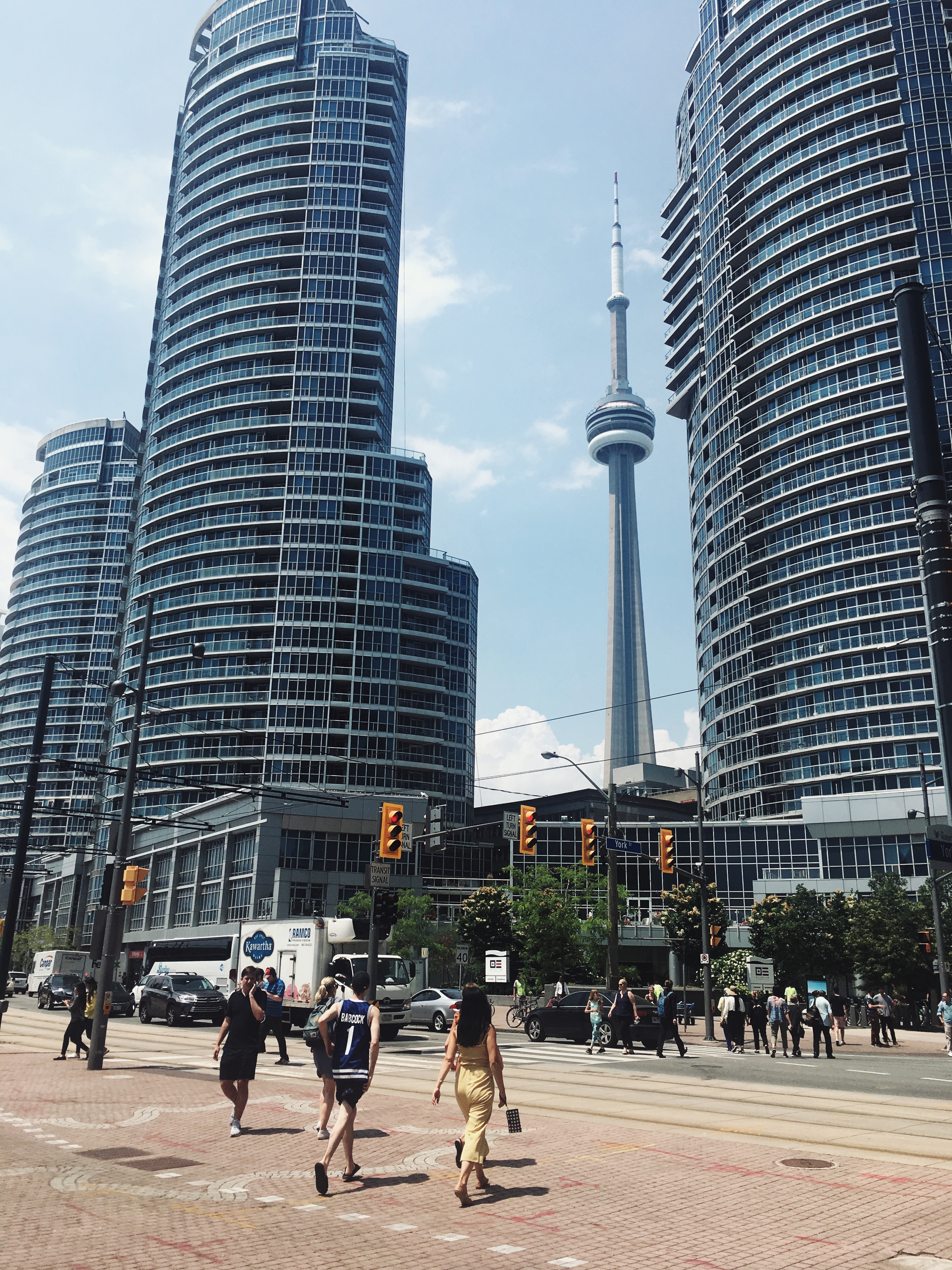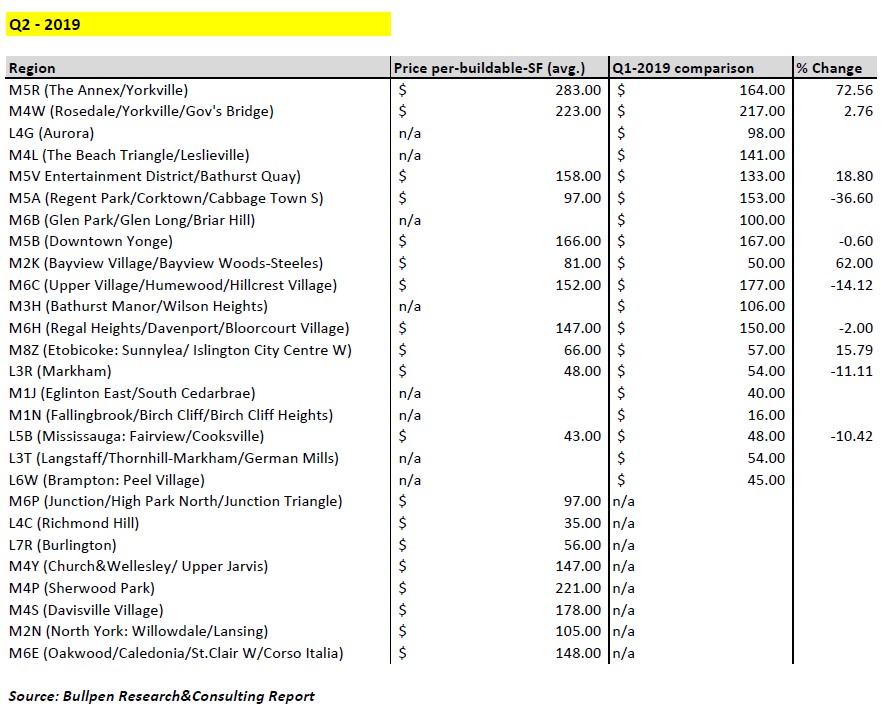Mixed-use developments evolve as we learn from successes, failures
New high-rise developments are adding density, pedestrian-friendly streetscapes, and diverse, vibrant, mixed-use neighbourhoods, attracting tenants and generating income for investors. Developers today are a long way from the old models of building subdivisions of single-family homes and selling them as quickly as possible.
However, any major change comes with uncertainty. Developers know that great rewards come with risks, but the risks themselves are learning opportunities. As new mixed-use multi-family housing developments come on stream, developers are getting a better idea of what styles of development work, as well as which don’t work.
Vertical vs. horizontal mixed use
Some of the earlier mixed-use multi-family developments followed what was known as “vertical mixed-use design.” These buildings offered a blend of retail, commercial and residential development, usually placing apartments or condominiums above residential and commercial spaces on the lower floors.
Businesses like restaurants or banks were to benefit from the built-in foot traffic, and the business would increase the net operating income of the building.
But, some developers are finding that building a completely self-contained community within one building is not always feasible. In fact, the retail and commercial portions of some vertical mixed-use developments have underperformed.
This has reduced the achievable rents and, in some cases, created unsightly vacant storefronts that mar the character and detract from the value of the whole building.
By contrast, “horizontal mixed-use development” has performed far better, where the diversity comes in the form of many buildings, and residents walk out from a residential-only building to access jobs and services at nearby commercial and retail spaces.
A growing trend
These scenes are playing out in growth centres of the United States, such as Dallas.
The challenge of empty storefronts was noted at the 2016 Crittenden Multifamily Conference. The lesson learned appears to be that individual buildings can’t always create a fully vibrant community of commercial, retail and residential on their own.
Successful developments are successful as much for their location in relation to other developments and amenities as they are in building those amenities themselves.
In Canada, we see similar integration happening at CF Shops at Don Mills in mid-town Toronto.
None of these issues discredit the merit of building mixed-use communities.
Indeed, some developers encountered the most success by adding multi-family residential buildings to established commercial and retail areas. Residents flock to new buildings that have amenities such as stores, schools and parks already built nearby.
The developer gets the income from the residential tenants without taking on the risk of commercial or retail.
Chicken and the egg problem
On paper, building a single building with a mix of residential, commercial and retail uses looks like it will create a vibrant community that will attract residents and businesses.
However, there is sometimes a chicken and the egg problem. A single multi-residential building, no matter how tall, is unlikely to have the foot traffic on its own to keep its retail spaces in business. These stores need a pool of dozens of residential buildings, many of which may not be built yet.
So, when a multi-use building opens in a new area, business may be slow to start for the new commercial or retail tenants, which can make it a challenge to stay in business.
It is a challenge to plan and create a community that builds organically. We need a diversity of land uses in our cities in order to build a vibrant community, but that often requires a diversity of construction and construction timing.
Sometimes, multiple multi-family residential buildings have to be built and given a chance to lease-up before an area hits a critical mass that can support more commercial and retail. This requires careful planning not only of the developments, but also the timing of their construction.
An example of such construction is the Lakeside community near Dallas-Fort Worth airport. This master-planned community features a mix of multi-family apartments and single-family homes along with commercial spaces overlooking a nearby lake.
The development features a 26-acre retail centre, a town-square park, an amphitheatre, and a 3.5-mile trail network. But, not all of this was built at once. A major movie theatre and eatery opened in July 2015, and developers just announced construction of a 12-storey hotel.
Just because a community is master planned doesn’t mean that everything is ready on a single date.
Condo development at CF Shops at Don Mills has followed this trajectory, with the residential component of the master-planned community being delivered in multiple phases after the retail redevelopment and expansion.
The need to plan ahead
The varying landscape of multi-family residential development in mixed-use areas is another reason why it is necessary for developers to conduct an in-depth feasibility study prior to the build.
A feasibility study examines the local marketplace and offers unbiased and expert advice on the best places to build and what to build. It can also provide good intelligence about when to build, so that developers can manage the changes of a marketplace as it matures.
Developers don’t have to build everything all at once to get the most from their development.
Oftentimes, it’s a matter of finding the right location, and taking advantage of the amenities that are already there or anticipating when other amenities will be built elsewhere. A prepared developer is thus able to fully capitalize on their investment
Source: Sally Turner

Q2 Land Insights Data

RECENT LAND SOLD
GTA
| Address | Acres | Price | BUYER |
| 2 Howard Park Ave | 0.25 | $4.5MM | Lamb Development Group |
| 4721&5061 Stouffville Rd | 259.3 | $13.75MM | Times Group |
| 5185 Garrard Rd | 62.4 | $13.235MM | Broccolini |
| 1939 Altona Rd | 2.65 | $3.3MM | Highcastle Homes |
| 3087 Old Bronte Rd | 1.27 | $3.61MM | Kettlebeck Developments |
| 7302 Ashburn Rd | 14.26 | $4MM | Tercot Communities |
Source: Realnet
*Sold by CFR
THE LAND GROUP
The LDG is a division of CFR that is committed to providing consistent, superior results to clients. The comprehensive services of the LDG include all the expertise of the Brokerage and consulting resources of CFR. This allows us to provide real estate owners, developers and investors focused, specific solutions to execute land acquisitions and dispositions. The LDG also provides the full range of technical services that are required to deliver land development projects. The LDG works as a team to deliver insightful and well-researched development opportunities. Whether our clients are entrepreneurial developers or private/public landowners, we are committed to providing all the necessary services to achieve success.
CFR has quality agents and advisors who have been involved extensively in the purchase and sale of development lands. Not only can we assist in the purchase and sale function, but CFR has the contacts and expertise to participate the whole development process. We have affiliations with planners, architects and other consultants which can assist our clients.
The key members of the Land Group are well tied into the development community. In many cases they have acted on their behalf in consulting situations. This allows the team great access to leading edge information regarding future growth areas, highest and best use, and new paradigms in development densities.
MITCHELL CHANG
President & Owner,
Salesperson
Direct: 416-907-8280
mchang@cfrealty.ca
LORENZO DIGIANFELICE, AACI
Broker of Record, Owner
Direct 416-907-8281
ldigianfelice@cfrealty.ca
JAKE RINGWALD
Salesperson
Direct 416-996-7713
jringwald@cfrealty.ca
ROB LEVINSON
Salesperson, Owner
Direct 416-907-8275
lev@sympatico.ca

